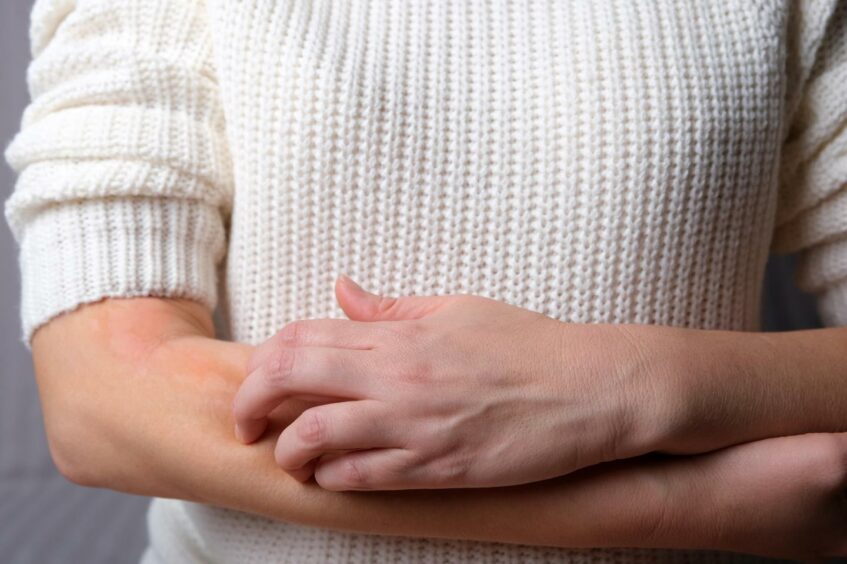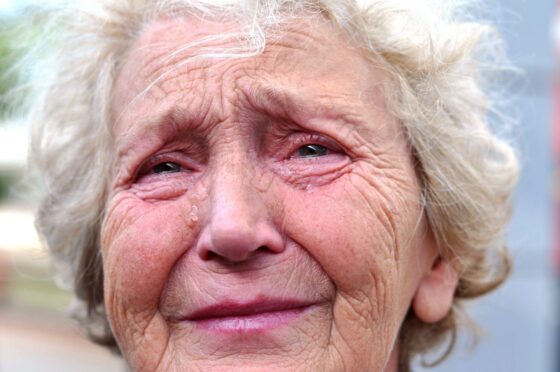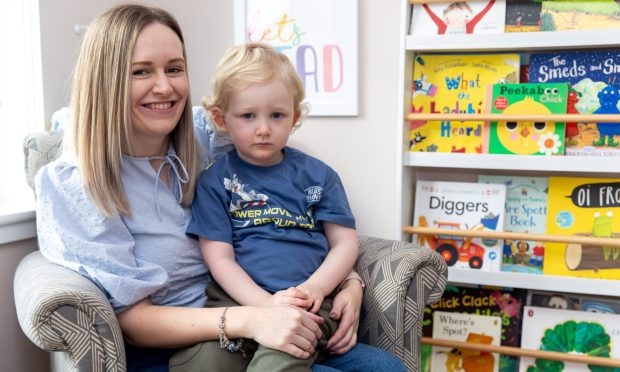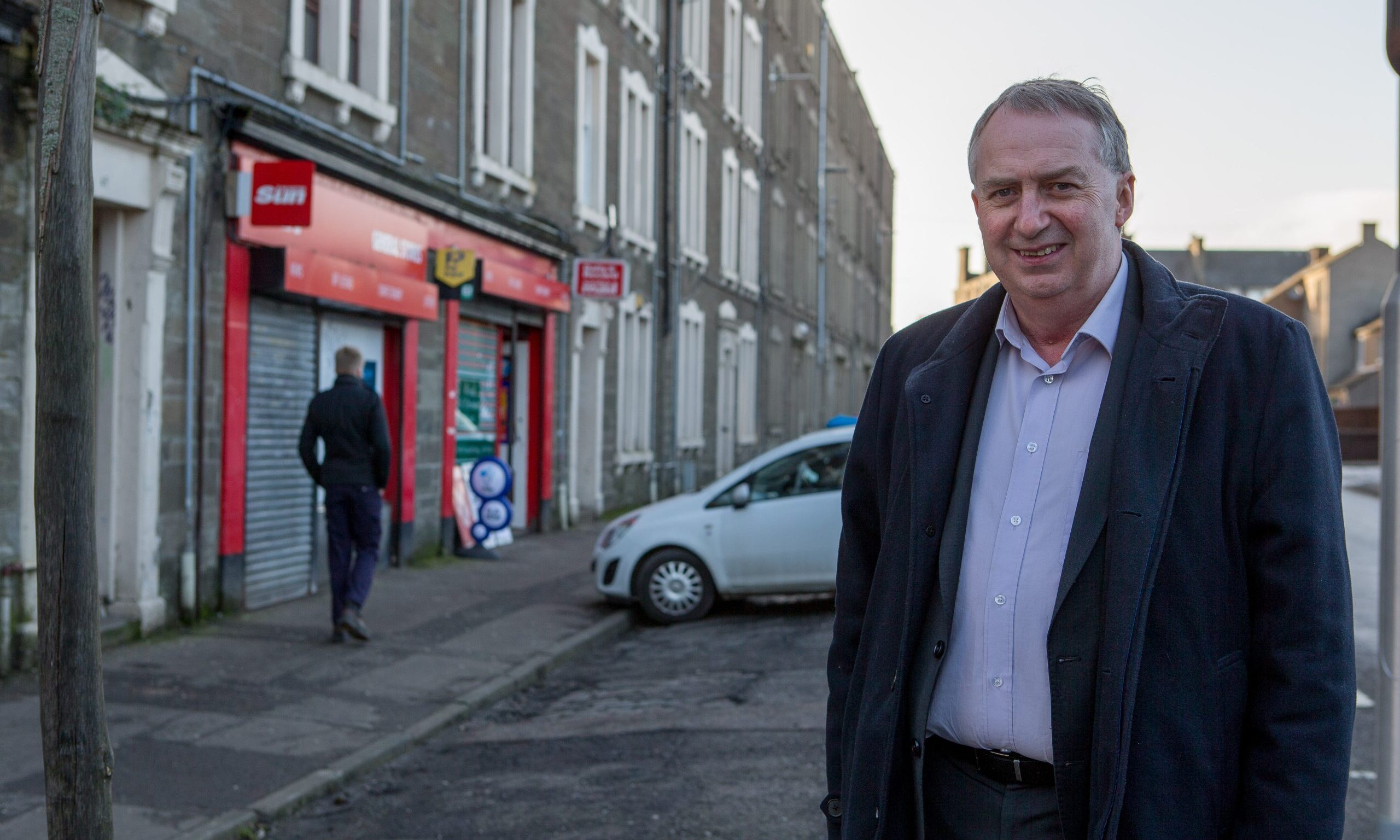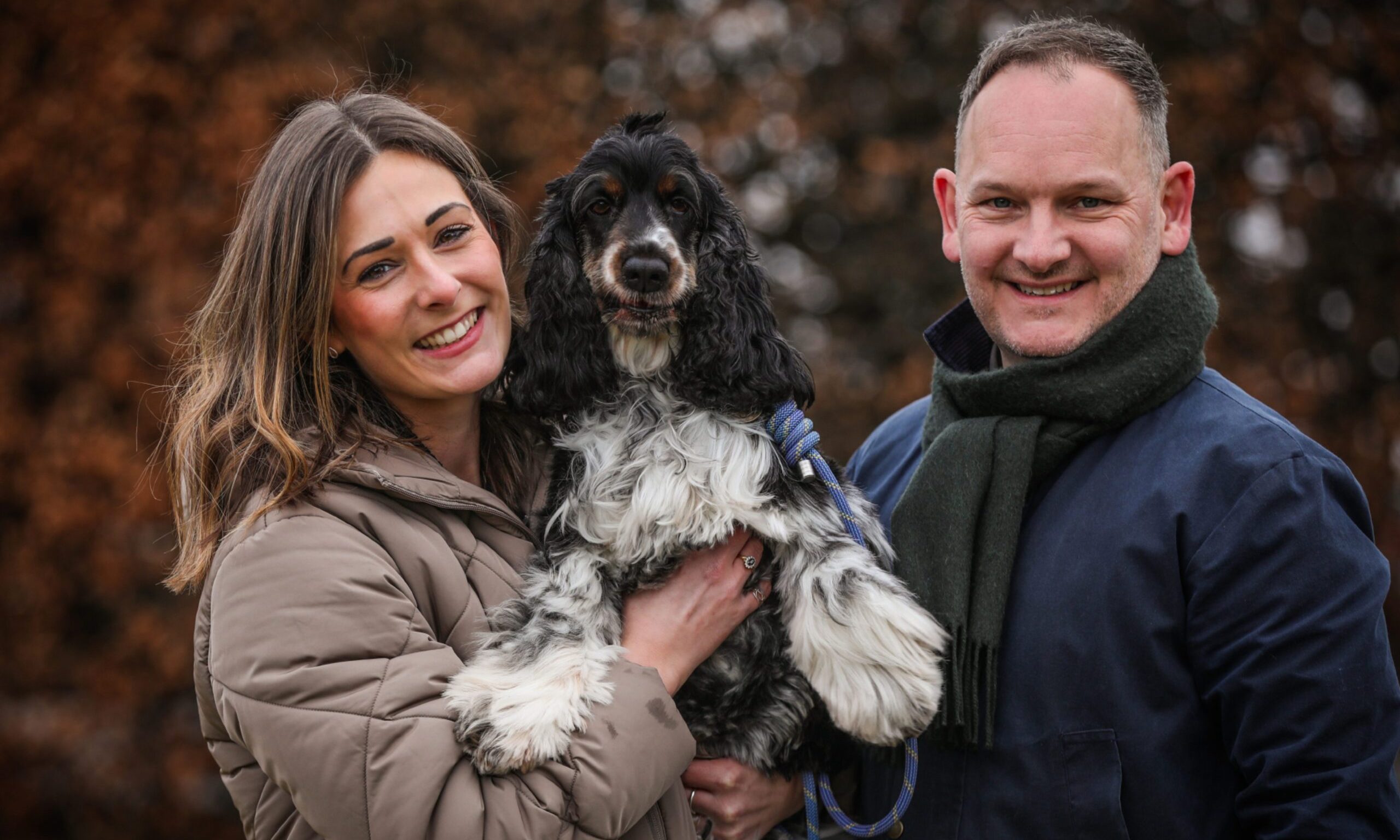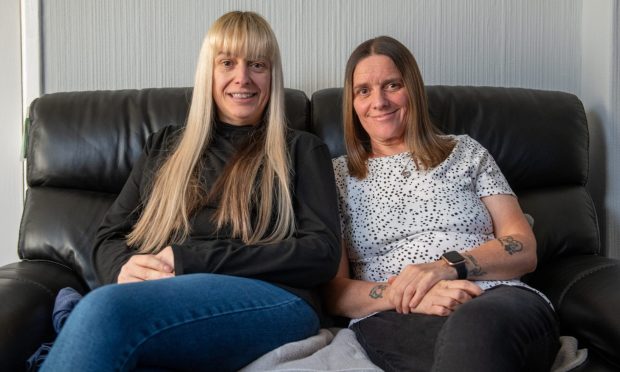Covid case numbers are rising again in Scotland, particularly in those aged 19 and under, according to Public Health Scotland.
Most young people who catch the virus will have mild symptoms or will be asymptomatic.
But for a small number, long Covid can be a real struggle. And others are developing Paediatric Multisystem Inflammatory Syndrome (PIMS) – an inflammatory condition which appears to be linked to the virus.
But what is PIMS? And how likely is your child to be at risk?
We’re answering all your questions about PIMS.
What is PIMS?
PIMS mainly affects teenagers, but has been seen in younger children. (Adults can suffer from it too, though it’s called Multisystem Inflammatory Syndrome.)
PIMS is a new condition that typically develops two to four weeks after a young person has had coronavirus.

It causes inflammation and swelling throughout the body, which is one way your immune system fights off infection, injury and disease.
The main symptom of PIMS is a high temperature that lasts for a few days. Your child might also have:
- A rash
- Tiredness and weakness
- Tummy pain or cramps
- Red and cracked lips
- Swollen hands and feet
- Peeling skin on hands and feet
- Headache
- Red eyes
- Muscle aches and pains
- Diarrhoea and vomiting
- Swollen neck glands
- Unexplained irritability
How is it treated?
Blood tests will be used to assess the levels of inflammation in your body as well as checking how various parts of your body are working.
Together, these results along with your symptoms let the doctors confirm you have PIMS so they can treat it.
Once PIMS is identified, there is a variety of treatment options available.
Medicines to reduce inflammation in the body may need to be given.
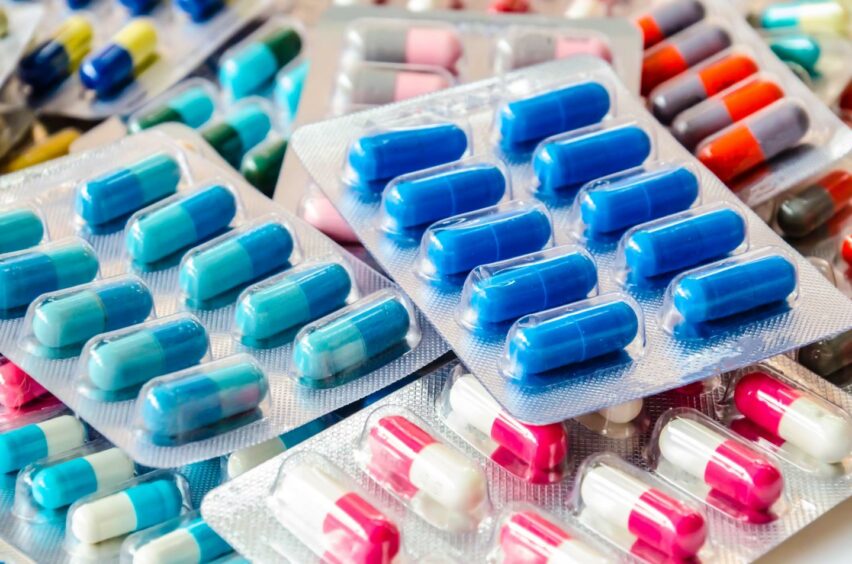
Your child may also be given corticosteroids – a man-made version of a hormone that calms down your immune system.
When you no longer need corticosteroids, you may have to gradually wean off them rather than stopping suddenly. This helps the body start to make its own steroids again.
Other options include anti-clotting medicine, and stomach medicines.
Is my child at risk?
According to the Royal College of Paediatrics and Child Health, PIMS occurs in less than 0.5% of children who test positive for Covid.
For most children who develop PIMS, the condition will not be serious, but for a small number, it can be.
And as case numbers increase in Scotland again, it is possible a larger number of children will develop the syndrome, in line with the rising case numbers.
Covid vaccines are now available for all five to 11-year-olds.
Recent research found individuals who are vaccinated against Covid-19 are less likely to report long Covid symptoms and other associated complications.

